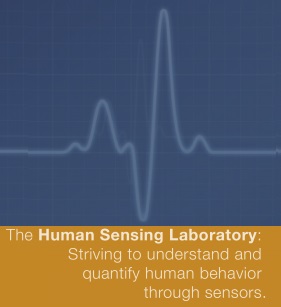
Enabling computers to understand and characterize human behaviour has the potential to revolutionize many areas that benefit society such as clinical diagnosis, human computer interaction, and social robotics. In the Human Sensing (HS) laboratory we are interested in modelling and characterizing human behaviour from a variety of sensory data (e.g., video, motion capture, wearable sensors). Some projects include:
- 1- Activity and event detection from video
- 2- Depression detection from multimodal data (e.g., RGBD video, binary sensors and accelerometers)
- 3- Monitoring Parkinson's desease with wearable sensors
- 4- Automatic stress analysis from psychological measurements (e.g., EEG, GSR, heart rate)
- 5- Hot-flash detection with wearable GSR sensors
- 6- Personalization of Machine Learning algorithms


